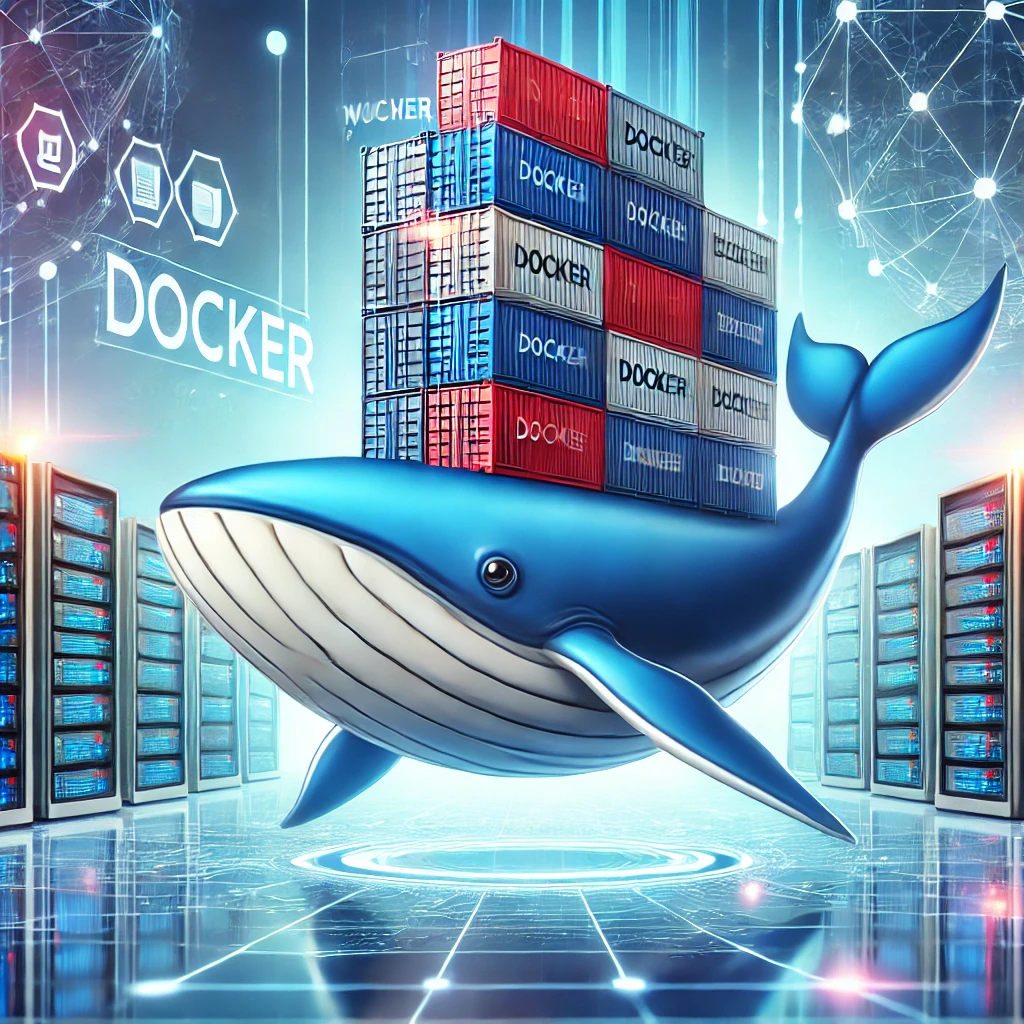
Hey there! You’re in the right place if you’ve ever wondered what Docker is and why everyone’s talking about it. Docker has become a game-changer for developers and system administrators, making it super easy to build, ship, and run applications. But what exactly is Docker, and how does it help? Let’s break it down in a simple, friendly way!
So, What is Docker?
Imagine you’re working on a project, and it runs perfectly on your laptop. But when you try to run it on another computer, things break—missing dependencies, configuration issues, and endless frustration. That’s where Docker comes in!
Docker is an open-source tool that lets developers package up an application with everything it needs—libraries, dependencies, settings—so it runs smoothly anywhere, no matter what system you’re using. Think of it like a shipping container for your software: it keeps everything organized and portable!
How Does Docker Work?
Docker uses a technology called containerization, which means it creates little self-contained units (containers) for your apps. Here’s what makes Docker tick:
- Docker Engine – The heart of Docker that runs and manages containers.
- Docker Images – Pre-configured blueprints for your containers.
- Docker Containers – The actual running instances of your apps.
- Docker Hub – A giant online library where you can find and share Docker images.
Unlike virtual machines (VMs), Docker containers don’t need a whole separate operating system. They share the host OS, making them much faster and lighter!
Why Should You Use Docker?
Here’s why developers love Docker:
- Works Anywhere – Build your app once, run it everywhere. No more “but it works on my machine!”
- Fast and Efficient – Containers use way fewer resources than virtual machines.
- Easy to Scale – Run multiple containers at the same time to handle more traffic.
- Quick Deployment – Start new apps in seconds without setting everything up from scratch.
- Keeps Things Separate – Each container is isolated, so different apps don’t mess with each other.
Docker vs. Virtual Machines: What’s the Difference?
A lot of people mix up Docker with virtual machines, but they’re quite different:
| Feature | Docker Containers | Virtual Machines |
|---|---|---|
| Isolation | Process-level | Full OS emulation |
| Performance | Super fast | Slower, more resource-heavy |
| Boot Time | A few seconds | Several minutes |
| Storage Usage | Small | Huge |
| Scalability | Super flexible | More limited |
How to Get Started with Docker
Want to give Docker a spin? Here’s how:
- Install Docker – Download it from Docker’s official website.
- Run a Test Container – Type
docker run hello-worldin your terminal to see if it works. - Pull an Image – Try
docker pull <image_name>to grab a ready-made app container. - Build Your Own Image – Create a Dockerfile and build it using
docker build -t myapp .. - Manage Containers – Start, stop, and remove containers with
docker start,docker stop, anddocker rm.
Where to Learn More?
Want to dive deeper into Docker? Here are some great learning resources:
- Docker Documentation – The official guide with everything you need to know.
- Docker Labs – Hands-on interactive tutorials.
- Udemy Docker Courses – Affordable and beginner-friendly courses.
- YouTube Tutorials – Free, easy-to-follow video guides.
- Docker Community Forums – Ask questions and connect with other Docker enthusiasts.
Wrapping Up
Docker is an amazing tool that makes development smoother, faster, and way less stressful. Whether you’re coding solo or working with a big team, learning Docker will make your life so much easier. Give it a try—you’ll love it!
Got any questions? Feel free to ask in the comments. Happy Dockering! 🚀
#Docker #DevOps #Containerization #CloudComputing #SoftwareDevelopment